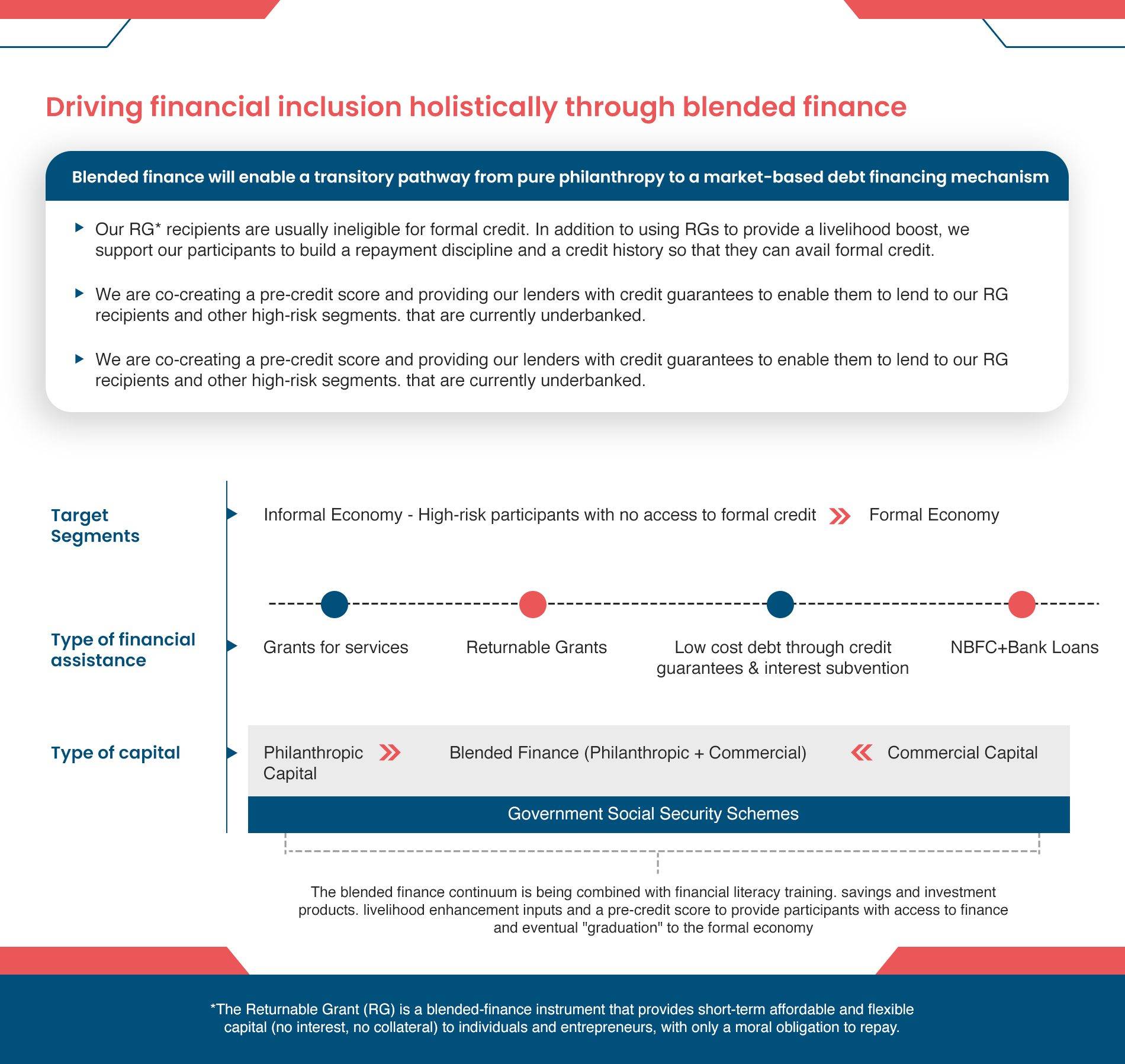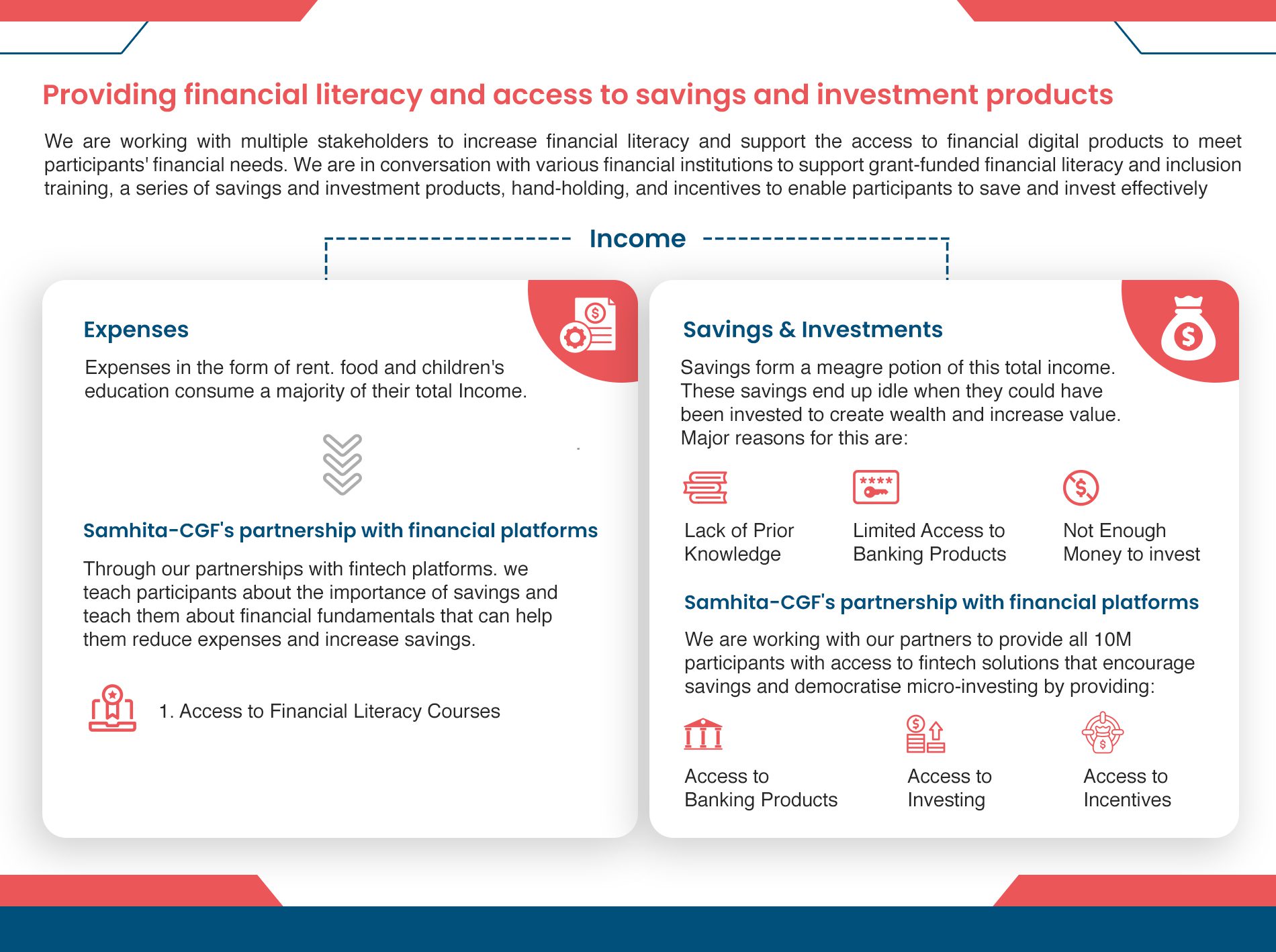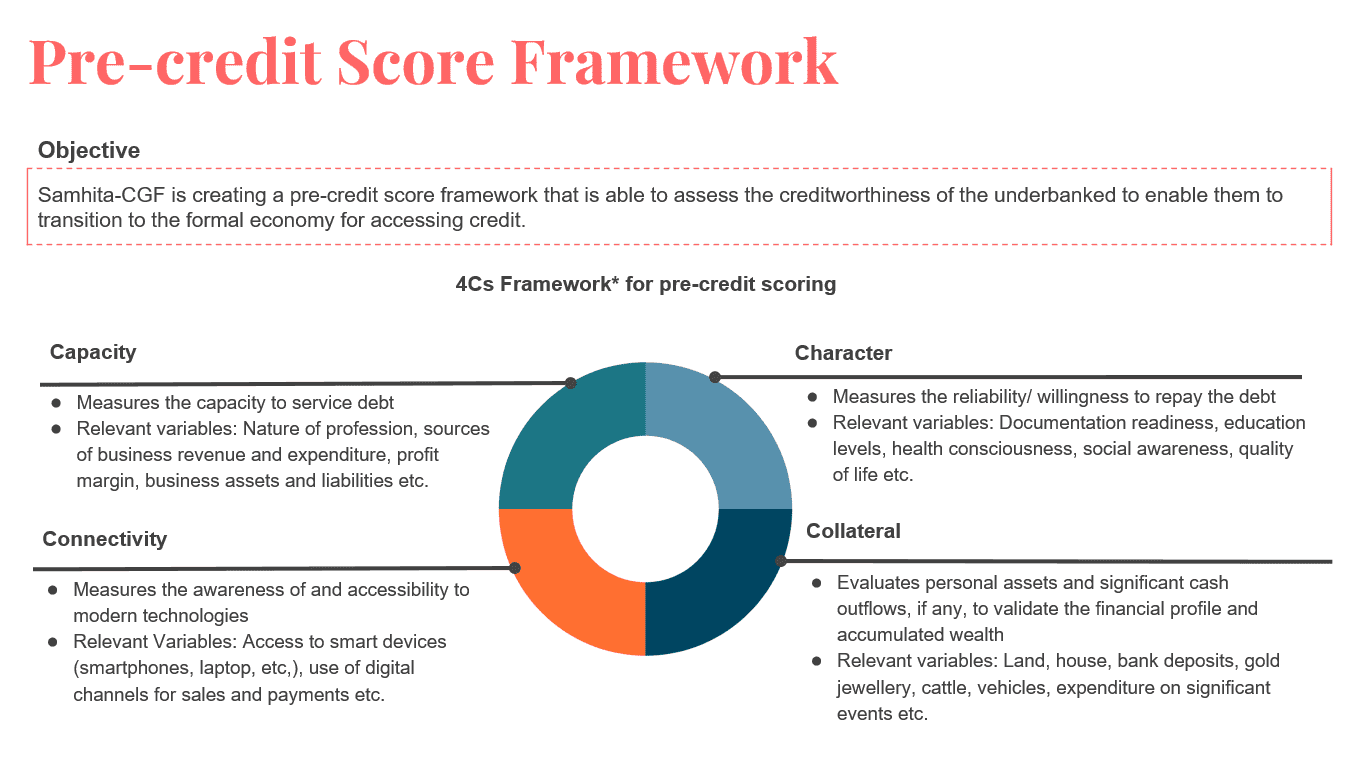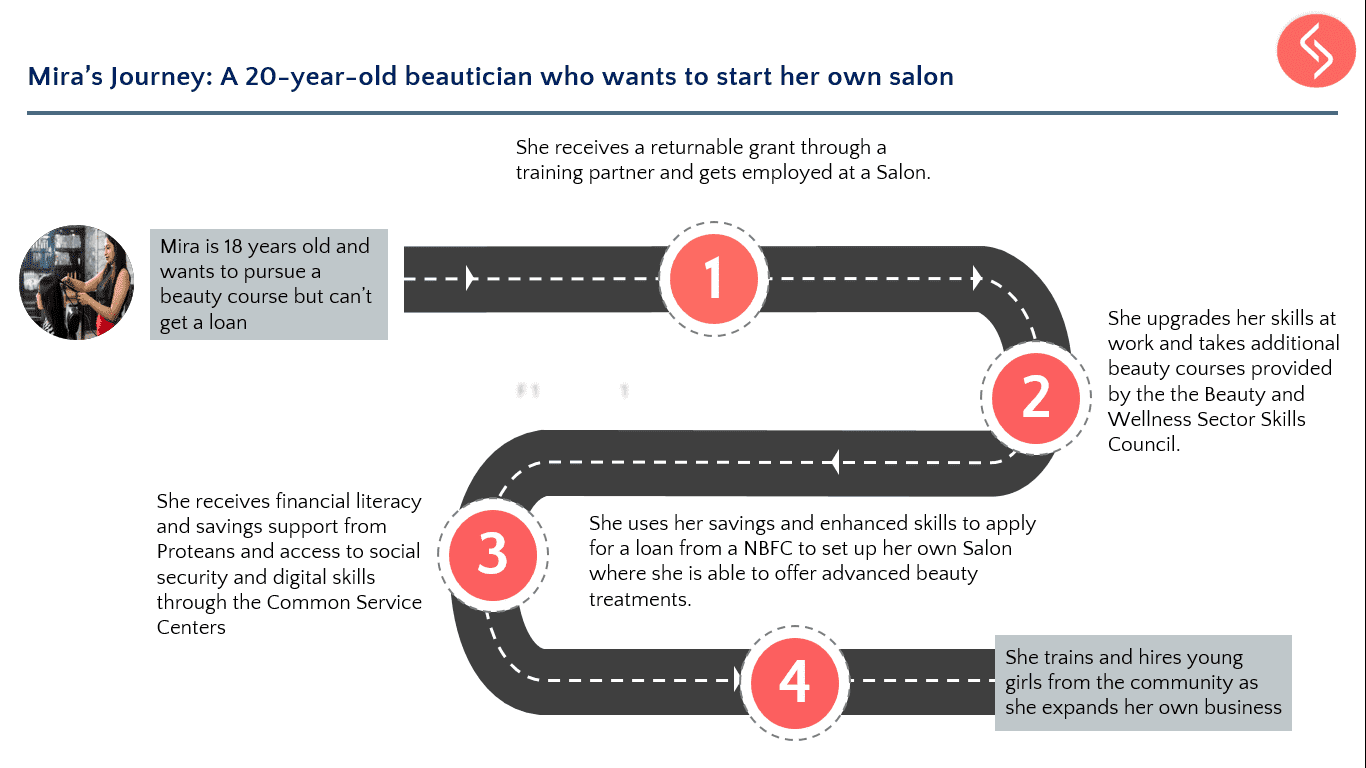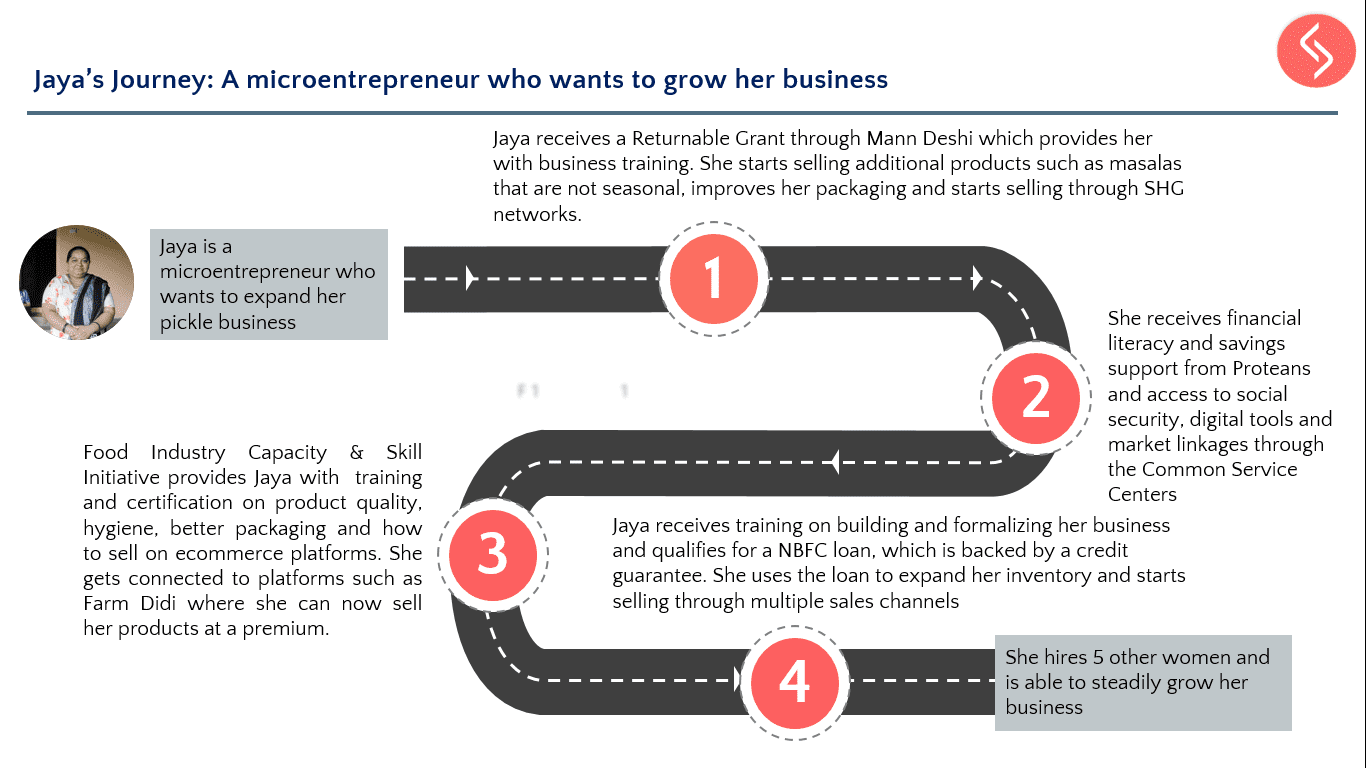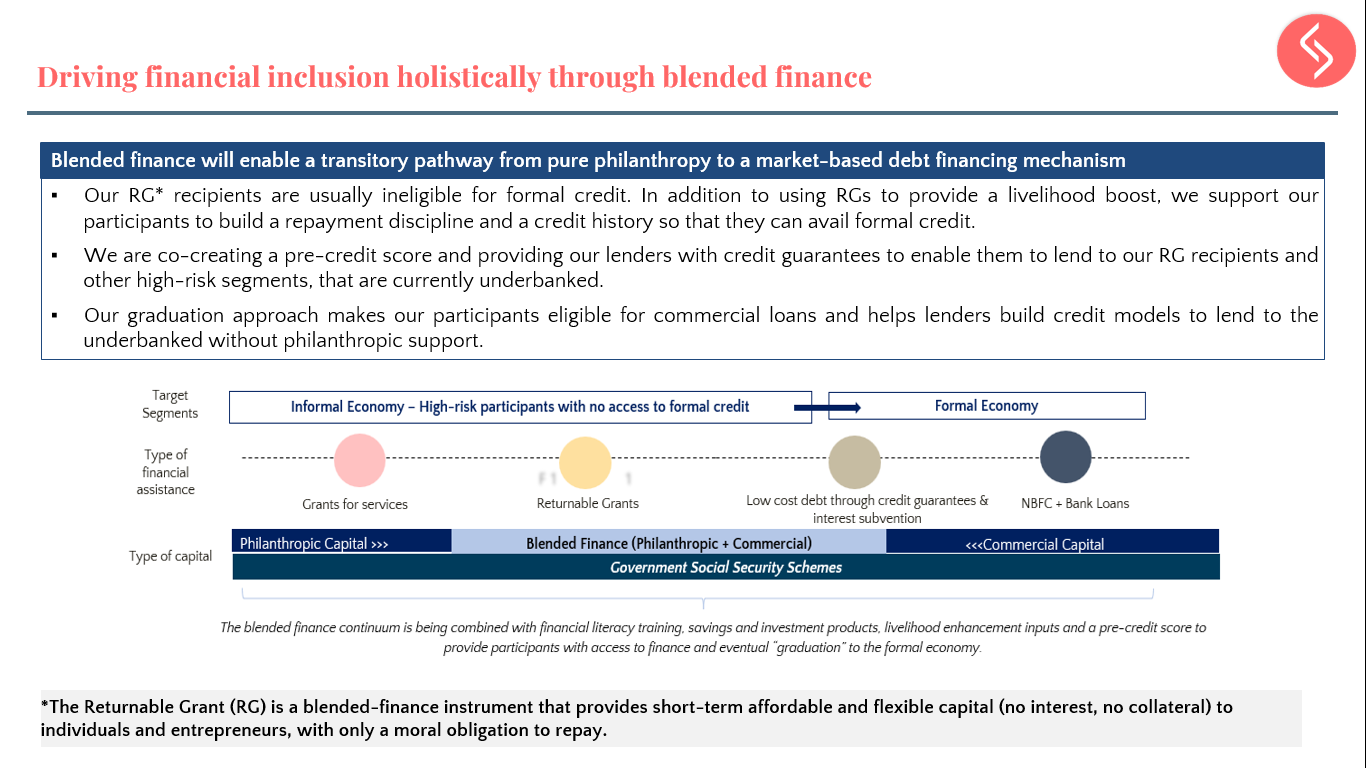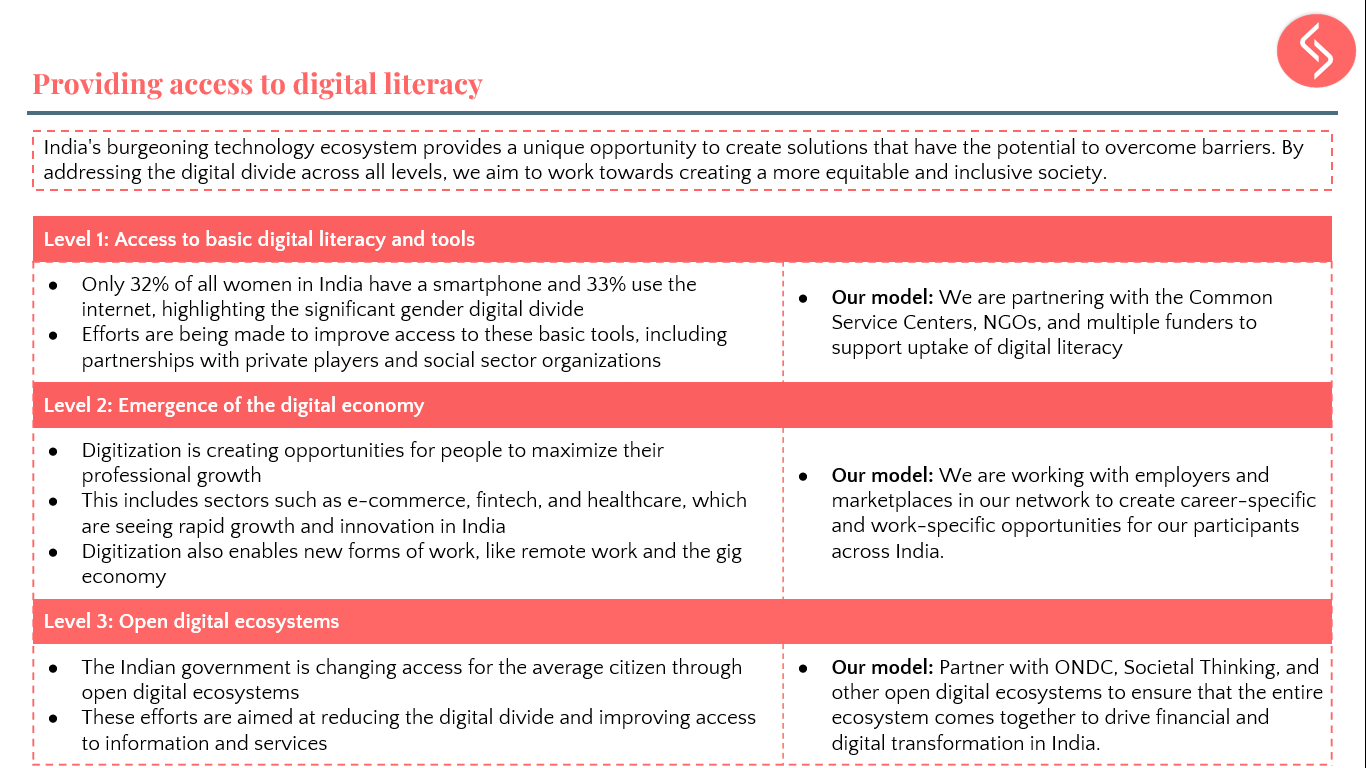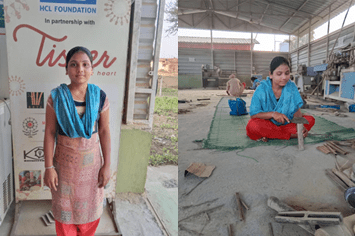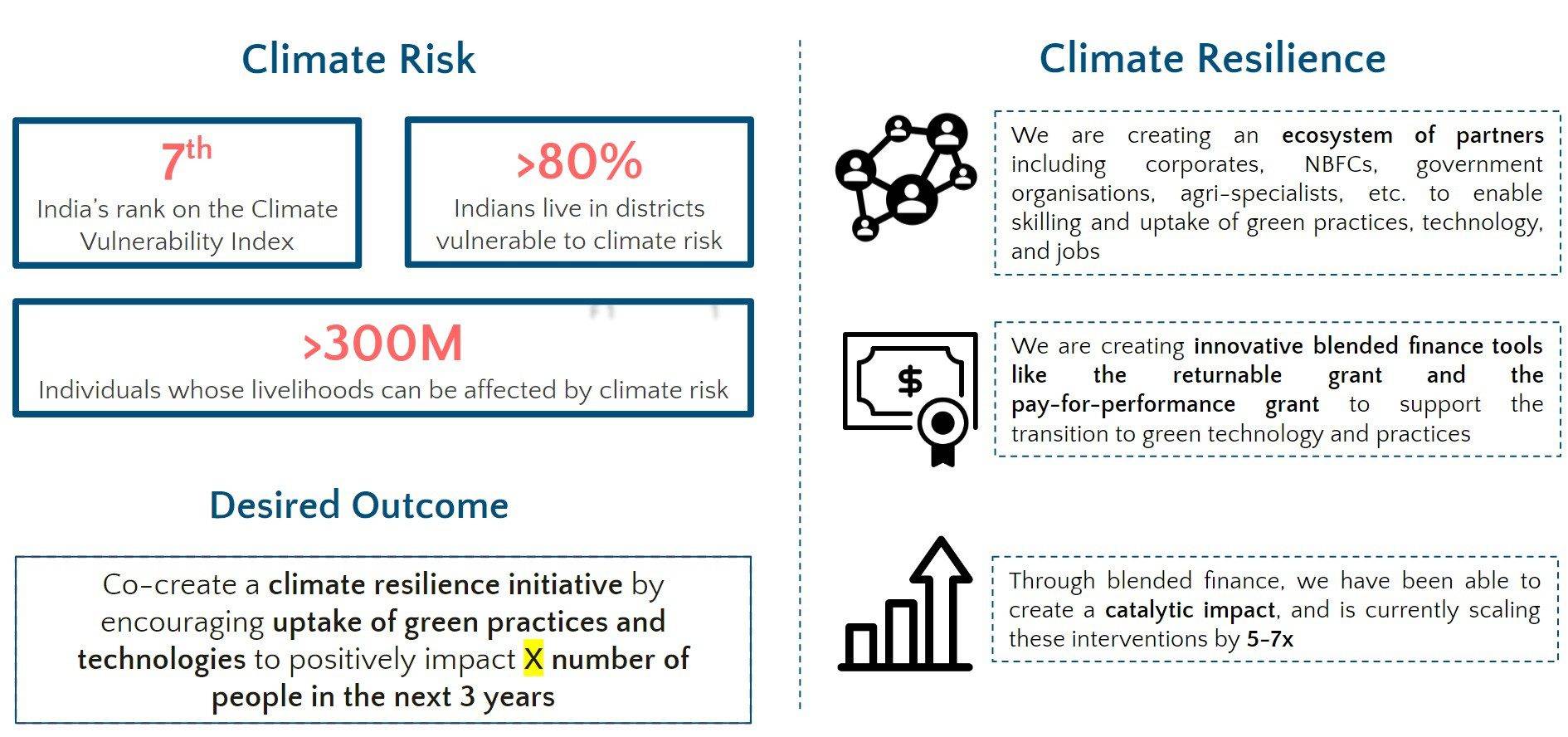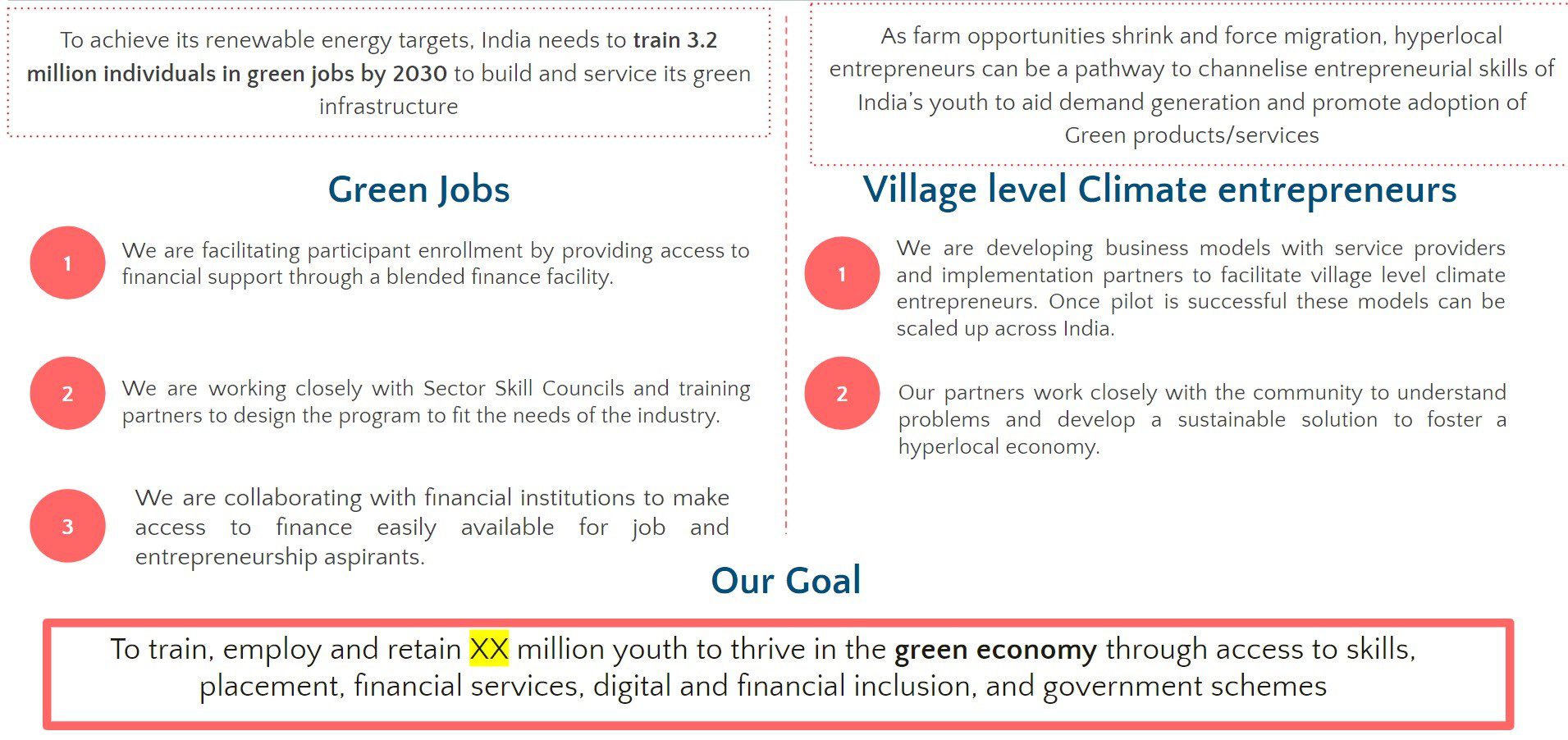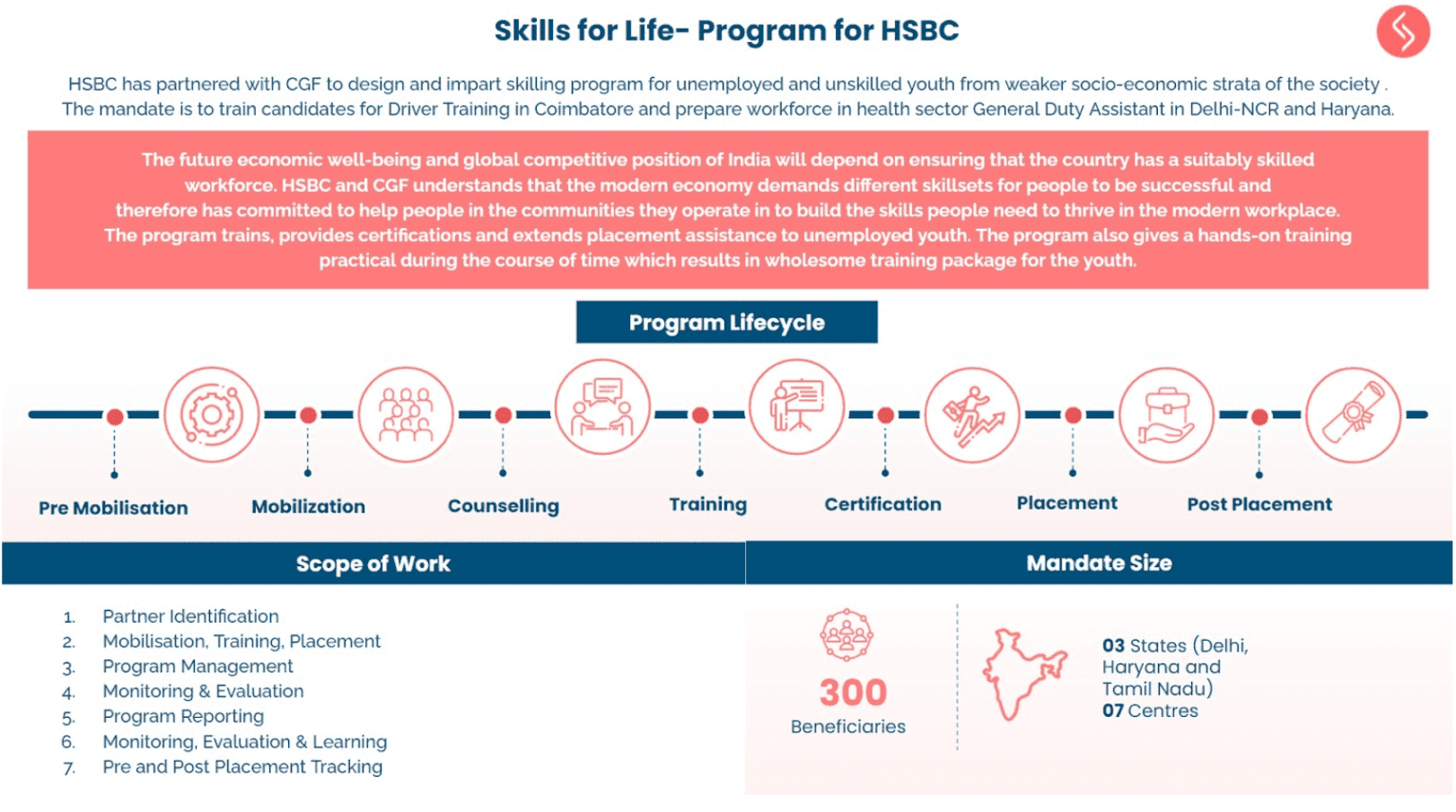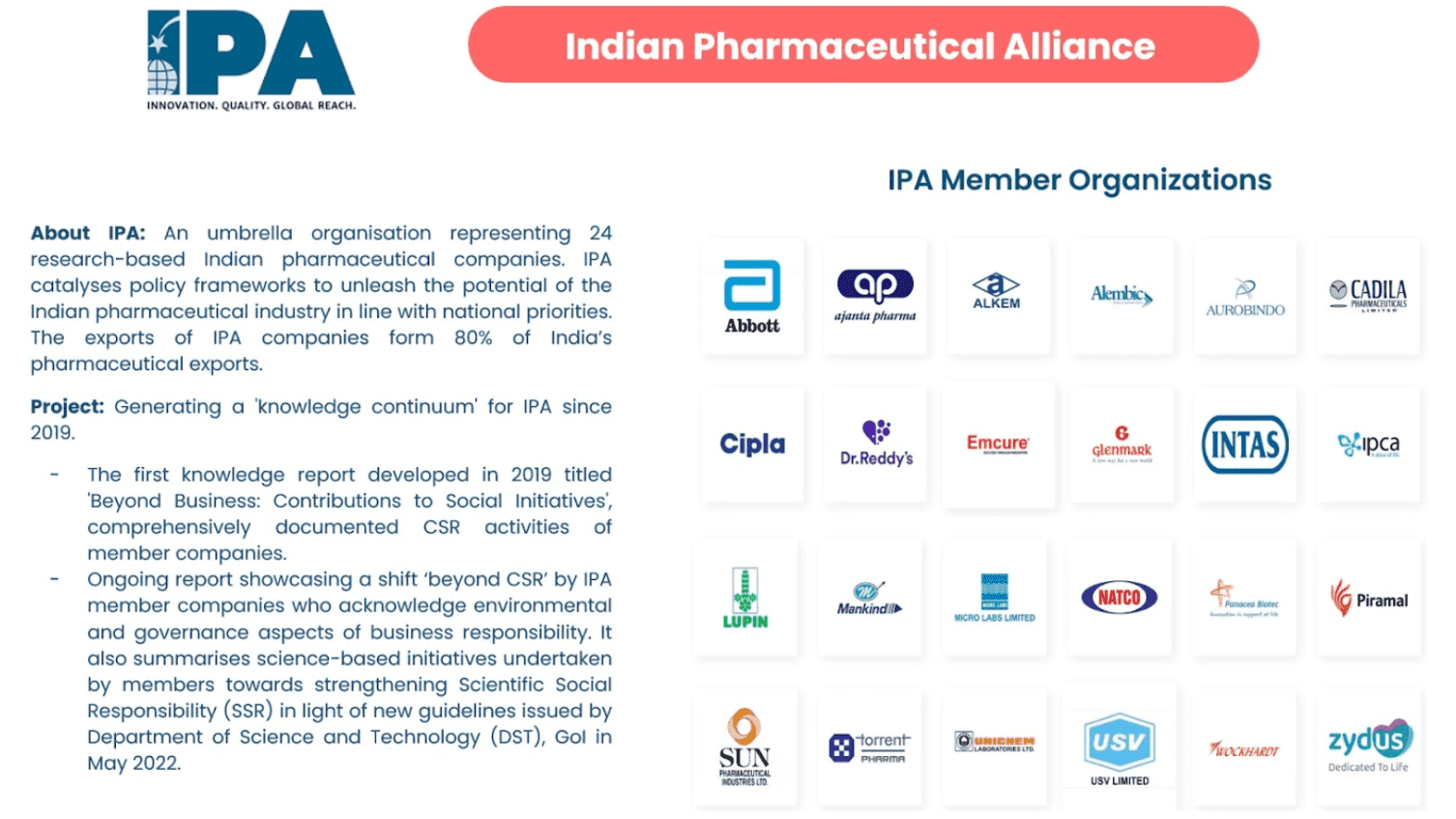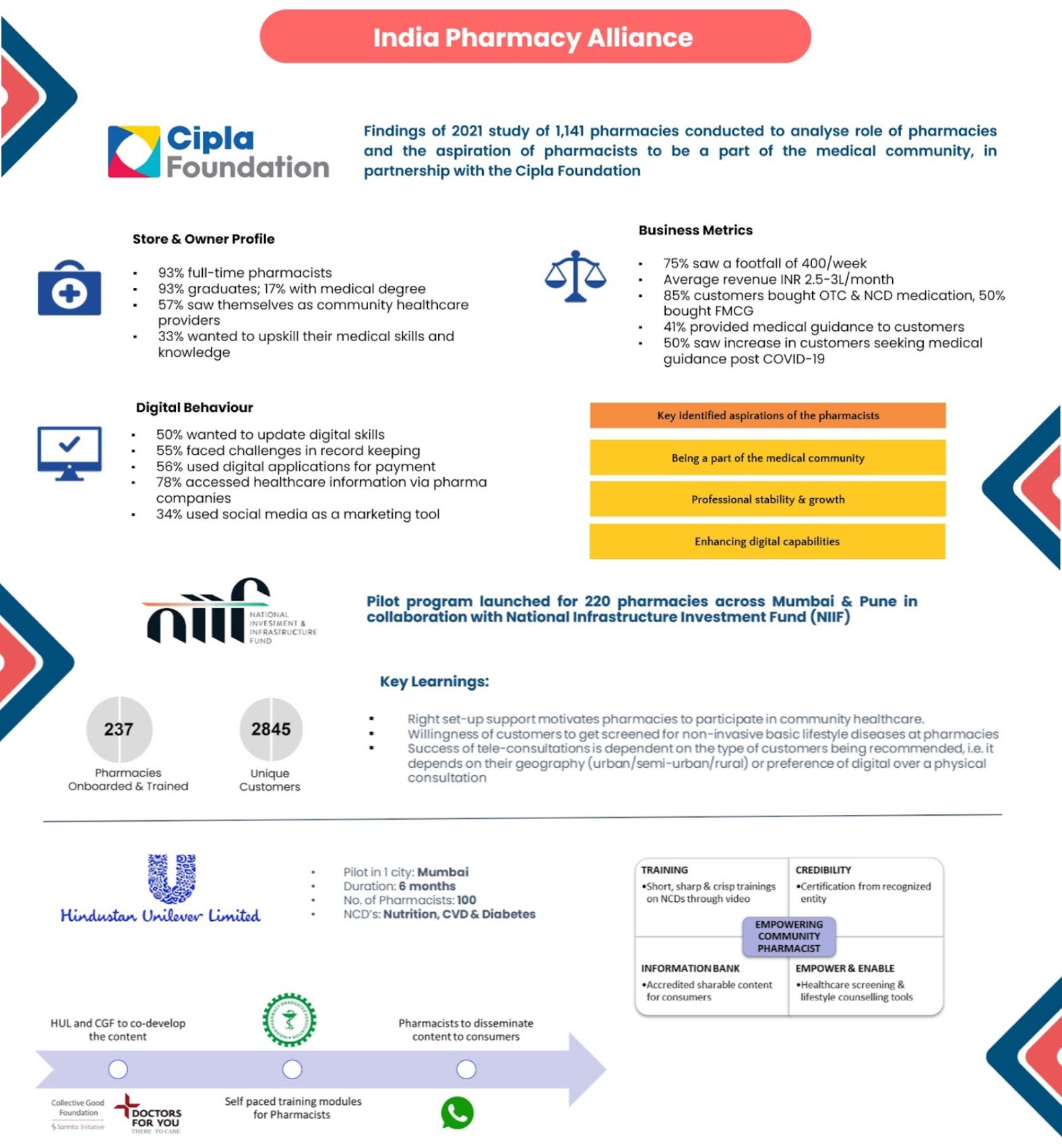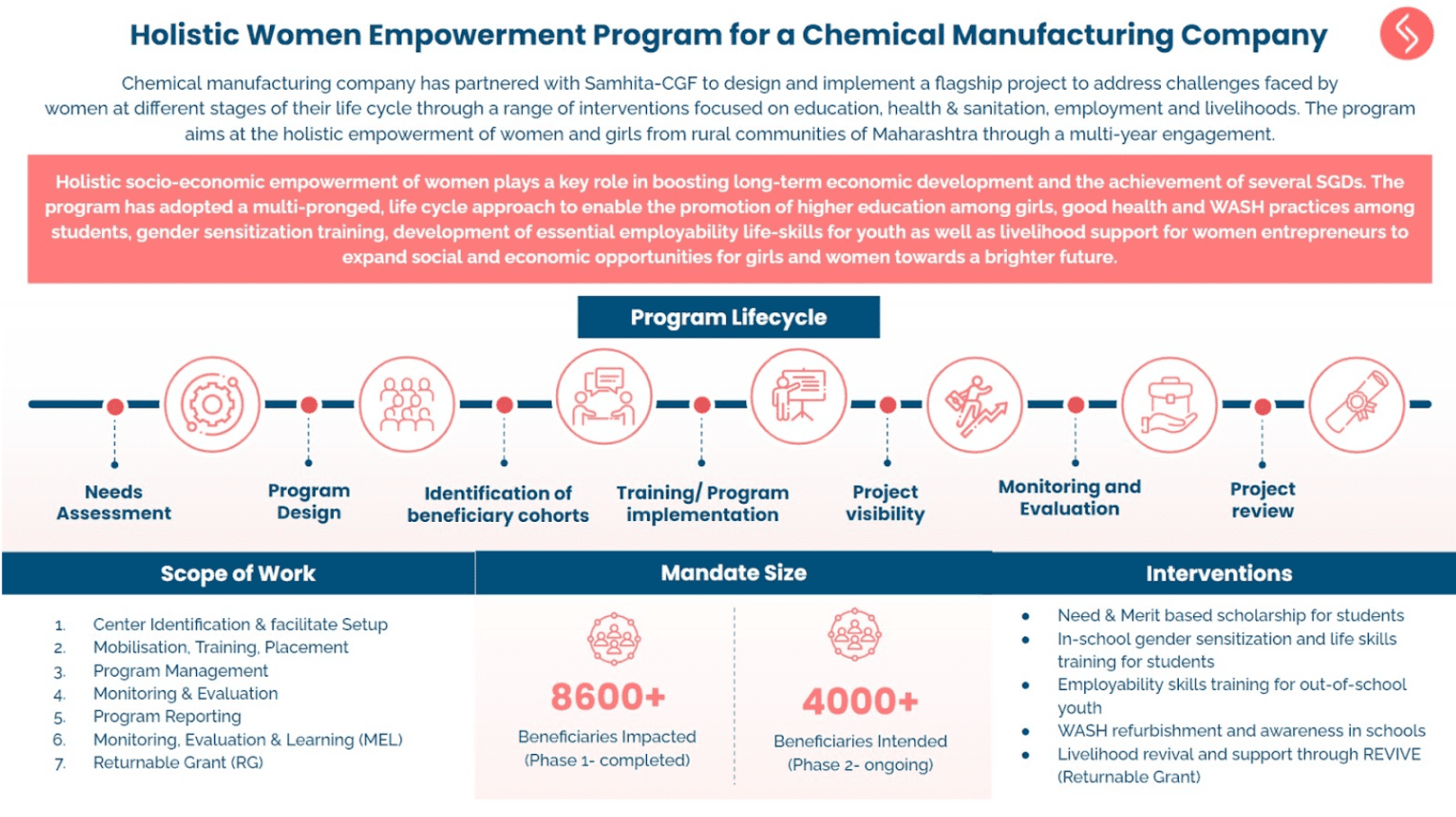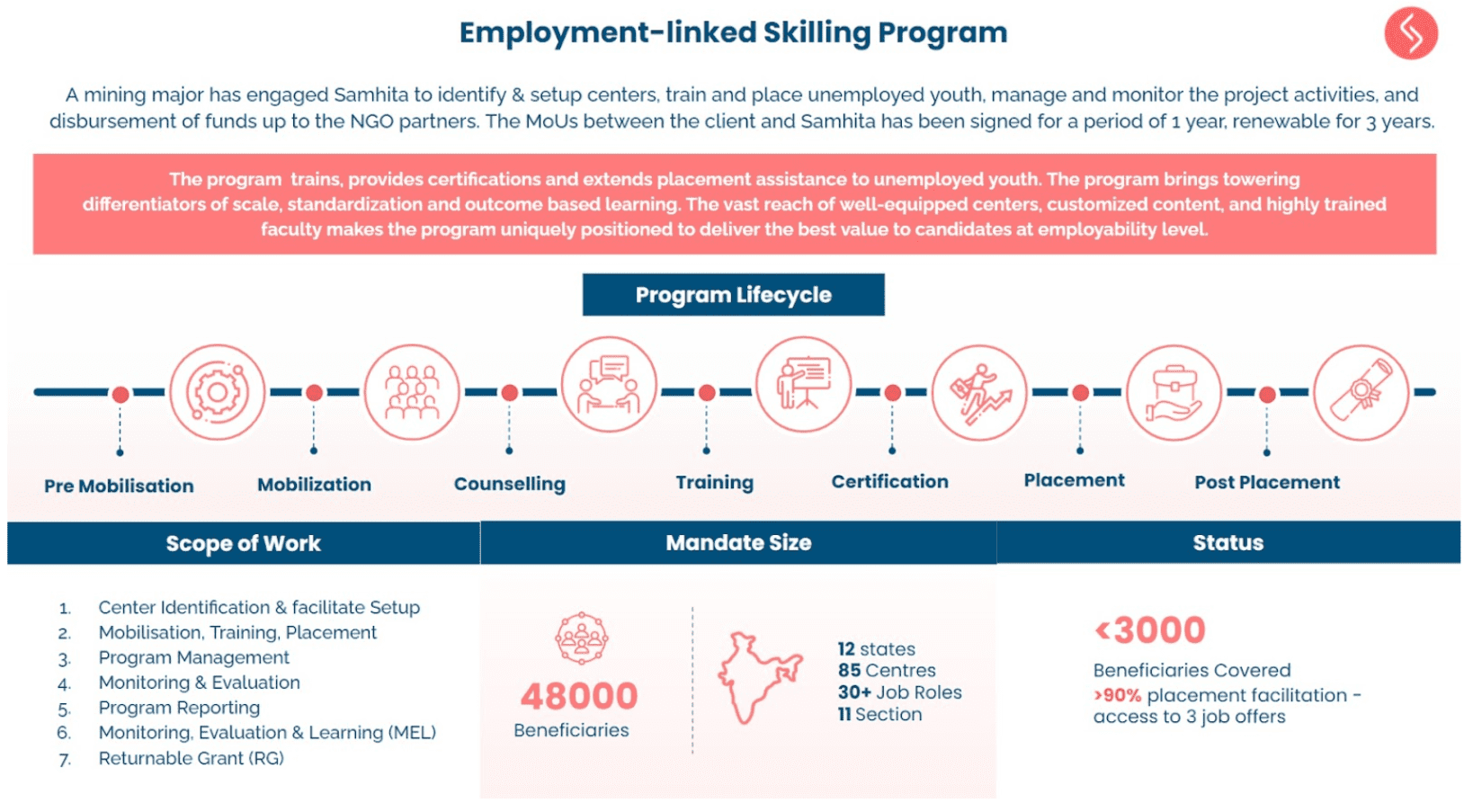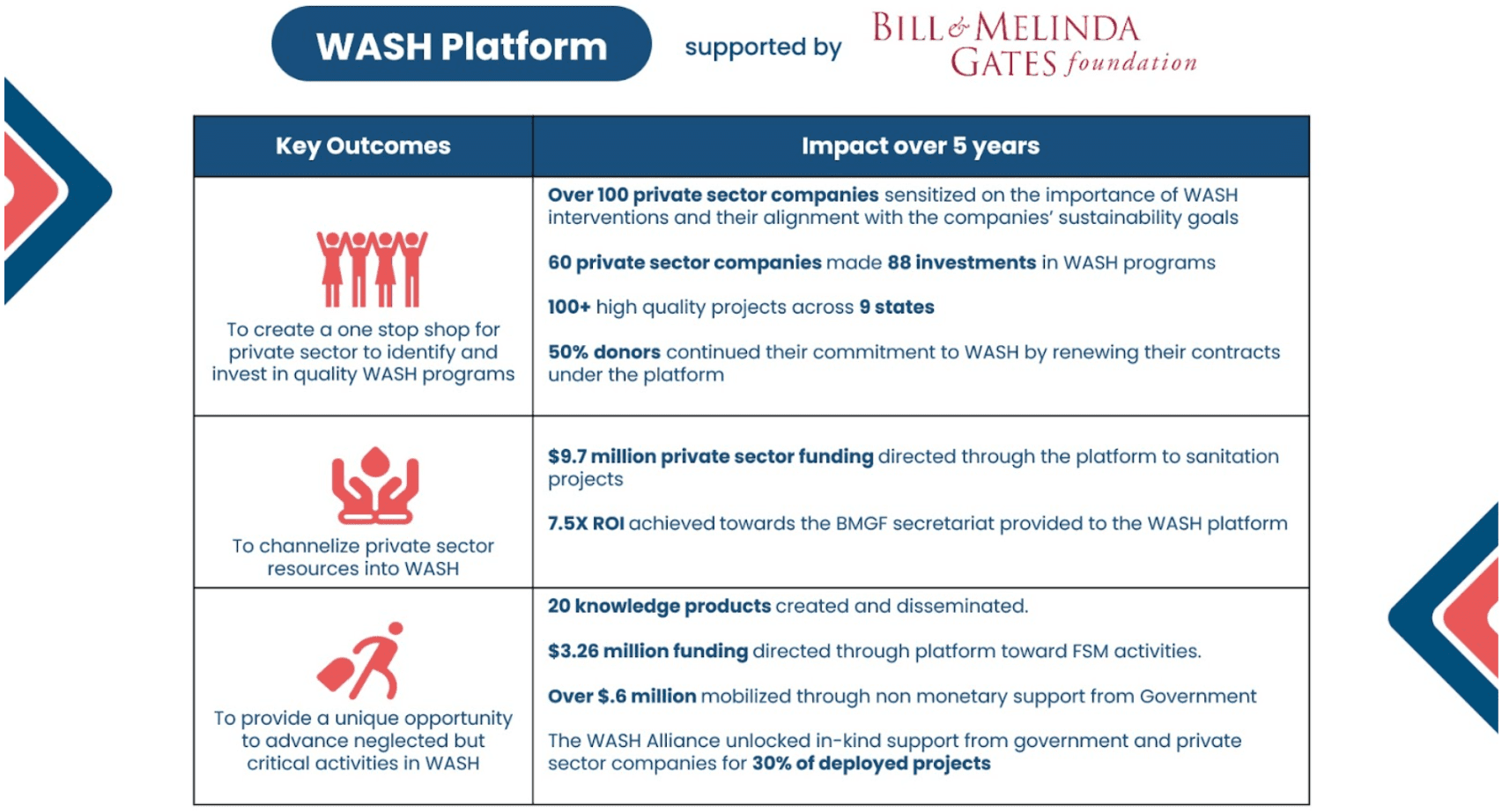Navigating Choice: A Quick Guide to Contraceptive Options
Family planning in India has been a critical component of the country’s public health strategy since the early 1950s when India became the first country to launch a national family planning program. The primary goal of the program has been to improve maternal and child health by providing access to contraceptive methods and reproductive health services.
Contraception is the cornerstone of women’s health and autonomy. From that first pill to today’s array of choices, we have witnessed a revolution in women’s health. Each new method represents progress, offering women more control over their reproductive health. According to the World Health Organization, the number of women using modern contraceptive methods increased from 663 million to 851 million between 2000 and 2020.
Women have moved from solely relying on barrier methods or oral contraceptives to having a diverse range of options today. Long-acting reversible contraceptives (LARCs) like implants and intrauterine devices (IUDs) offer convenience and efficacy. Emergency contraceptives (ECs) provide a crucial safety net. Advancements in non-hormonal methods cater to those seeking alternatives.
Understanding the nuances of these choices is essential. Women must educate themselves about the available choices, their efficacy, and any potential side effects. To this end, they must consult with healthcare providers, ask questions, and make informed decisions.
Different choices for differing needs
Contraceptive methods encompass hormonal and non-hormonal approaches, each with unique mechanisms of action and suitability for different individual needs. Let us look at some of the most common options.
Oral contraceptives
Oral contraceptive pills (OCPs), often simply referred to as “the pill”, have continued to evolve since their introduction in the 1960s. Today there are 30+ different brands of combined contraceptive pills, containing different combinations of hormones. The third and fourth-generation formulations that are now available feature newer progestins, with lower dosages of hormones, minimized side effects even as efficacy is maintained, with additional benefits of menstrual cycle regulation and reduction of acne and hirsutism. The advanced OCPs have thus not only improved the contraceptive experience but also have potential implications for women’s overall well-being.
These community champions will be trained with the latest information about contraception, menstrual health, safe sex practices, sexually transmitted infections, nutrition, and personal hygiene. Coached to step up as trainers, they will provide their communities with counseling sessions on modern methods of contraception and other topics.
The health champions will also facilitate linkages between young women who seek their advice and their immediate healthcare providers, including local pharmacies and doctors. This will ensure that women gain uninterrupted, discreet, and optimal access to sexual and reproductive health; family planning, and other services that are available locally.
LARCs: Implants and IUDs
Hormonal contraceptives work by altering the body’s natural hormone levels to prevent pregnancy. Among these, contraceptive implants represent a significant advancement in the LARC category. These small, flexible rods, typically about the size of a matchstick, are inserted subdermally in the upper arm. They provide a sustained release of progestin, effectively suppressing ovulation for up to three years. The efficacy and convenience of implants have been well-documented across diverse populations in Asia, Africa, and South America, making them an increasingly popular choice for women seeking long-term contraception without the need for daily attention.
IUD is another notable LARC option. The hormonal intrauterine system (IUS) offers a dual benefit: not only does it serve its primary function as a contraceptive but is also effective in managing menstrual disorders and alleviating symptoms of endometriosis. Its localized hormone action minimizes systemic side effects, while its long-term cost-effectiveness makes it an attractive option for many women. The non-hormonal copper IUD, on the other hand, offers a hormone-free alternative that can provide protection for up to 10 years.
Rings, barriers, and permanent solutions
For those seeking an alternative to daily pills, the contraceptive vaginal ring (CVR) presents an innovative solution. A small, flexible ring is inserted vaginally once a month, releasing a steady dose of estrogen and progestin hormones that are absorbed through the vaginal lining. This method not only prevents ovulation but also alters the cervical mucus, providing an additional barrier to conception. CVR thus offers the benefits of being effective, convenient, and discreet.
Barrier methods, particularly condoms, maintain their crucial position in reproductive health strategies. Besides preventing pregnancy, condoms also offer protection against sexually transmitted infections, making them an essential component of comprehensive sexual health practice. Their accessibility, ease of use, and lack of hormonal side effects contribute to their ongoing relevance and popularity.
For individuals or couples certain about their future reproductive choices, sterilization offers a permanent solution. Vasectomy, a procedure for male sterilization, is particularly noteworthy for its simplicity and effectiveness. It is a viable option for those who have completed their families or have decided against having children.
The fertility awareness method represents another non-hormonal approach to contraception. This method relies on understanding and tracking natural fertility indicators such as basal body temperature and cervical mucus changes. Although it does require diligence and education, this approach offers an option for women who prefer to avoid hormonal or barrier methods.
Conclusion
The great value of modern contraception is that there is perhaps something out there that fits every individual woman’s life, priorities, and goals. Ongoing research and innovation continue to refine existing methods and explore new technologies. The goal is to improve efficacy, reduce side effects, and expand available options. The commitment to innovation ensures that women have greater access to diverse, reliable contraceptive choices that align with their individual health needs and preferences. This journey of research around contraceptives represents not just medical progress, but a significant step toward greater equality and personal freedom for women everywhere.














